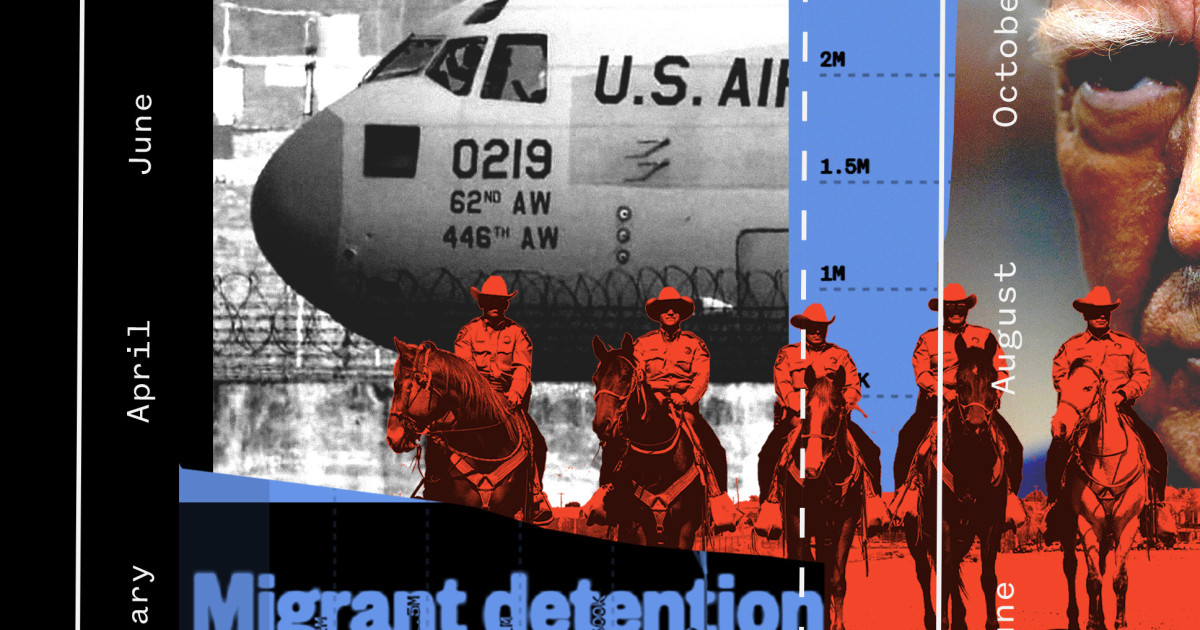Interest on the national debt now exceeds $1 trillion per year. There aren’t enough rich people in this country to pay for our $37 trillion national debt. The only way to pay for it will be to debase the dollar. You think working-class people are screaming about the cost of living now? Just wait. Gold, a hard asset and historic measure of value of a currency, is hitting records and now pushing almost $4,000 per ounce. Its price has doubled in two years. Central banks are dumping our debt and buying it. The last major credit rating agency to give the U.S. a AAA rating removed it. These are all warnings that we need to get our fiscal house in order.
I’ve been reading that for decades.
Anyone that is serious about the debt, then they should be talking about not cutting taxes, or they really don’t know what you’re talking about. Republicans moan about debt then slash taxes that pay the debt.
Even people like me, who are usually relaxed about debt, would really like to see a serious effort to slow the rate at which debt is rising. And under current conditions we could rein in the growth in debt without doing major economic damage if politicians — especially Republicans — were willing to act responsibly.
To the extent that we do worry about the level of debt, we should always be clear that what matters is the level relative to the government’s tax base, which in modern nations is basically the whole economy. That is, to the extent that the level of the debt matters, what really matters is debt as a percentage of GDP.
Since GDP normally grows over time, this in turn implies that governments never have to pay off their debts; at most they need to keep their borrowing low enough that debt grows more slowly than GDP. That is, governments need to maintain a sustainable debt path. How did America pay off its debts from World War II? It didn’t.
Debt in dollars at the end of the Eisenhower administration was larger than it had been in 1946. However, debt as a percentage of GDP, fell steadily thanks to a combination of real growth and moderate inflation.
So we never paid off our WWII debt. We did, however, run small enough budget deficits that debt came way down as a percentage of GDP, and remained at non-alarming levels up through 2007.
Since then, however, we’ve run big deficits and driven the debt/GDP ratio back to a level typically associated with the aftermath of war. Why? Because we had a financial crisis in 2007 and a pandemic in 2020. Both required large influxes of government spending. Now would be a good time, with low unemployment, to raise taxes.
The G.O.P. now controls all three branches of government, and is dead set against any tax increases other than tariffs, which won’t yield much revenue. In fact, Republicans are determined to give wealthy Americans another big tax cut, which will supposedly be offset with spending cuts — and no, laying off critical federal workers, including the people at the IRS responsible for going after tax cheats, won’t do the trick.
Remember, the federal government is basically an insurance company with an army: defense, Social Security, Medicare and Medicaid account for the bulk of noninterest spending. Everyone considers cuts to Social Security and Medicare politically off-limits, so Republicans are proposing savage cuts to Medicaid. They’re about to find out that making deep cuts to a program that insures 70 million Americans isn’t that easy, either.
So where we are now is that for the first time since 2007 the economic situation really would allow us to make a serious effort to reduce deficits and maybe even the ratio of debt to GDP. But given the political situation, that’s a fantasy.

